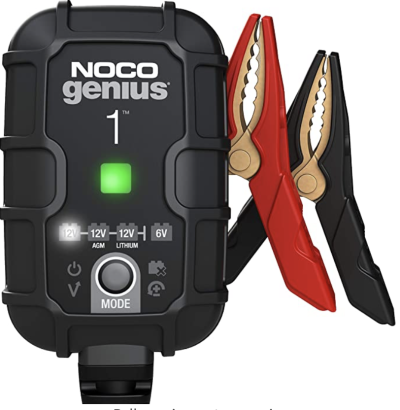Brand: Born Free
Model: Built for Two
Coach Year: 2009
Chassis year: 2008
Does the chassis battery get charged/maintain when the coach is connected to shore power?
If yes, what would be a good test to confirm?
I was thinking the answer was yes. BUT.
I have a voltage meter plugged into the chassis cigarette lighter socket. Voltage meter I installed has a ON/OFF switch because the chassis cigarette socket is hot when the ignition switch is off. Voltage meter also powers the GPS, TPMS and Dash Cam. I turn the voltage meter switch off when I turn the ignition switch off.
I turn the voltage meter ON before turning the engine ignition switch on. I've notice that the longer the Coach sits between usage the lower the voltage meter reads. Makes me think the chassis battery is NOT being charged when the coach is connected to shore power.
Model: Built for Two
Coach Year: 2009
Chassis year: 2008
Does the chassis battery get charged/maintain when the coach is connected to shore power?
If yes, what would be a good test to confirm?
I was thinking the answer was yes. BUT.
I have a voltage meter plugged into the chassis cigarette lighter socket. Voltage meter I installed has a ON/OFF switch because the chassis cigarette socket is hot when the ignition switch is off. Voltage meter also powers the GPS, TPMS and Dash Cam. I turn the voltage meter switch off when I turn the ignition switch off.
I turn the voltage meter ON before turning the engine ignition switch on. I've notice that the longer the Coach sits between usage the lower the voltage meter reads. Makes me think the chassis battery is NOT being charged when the coach is connected to shore power.


